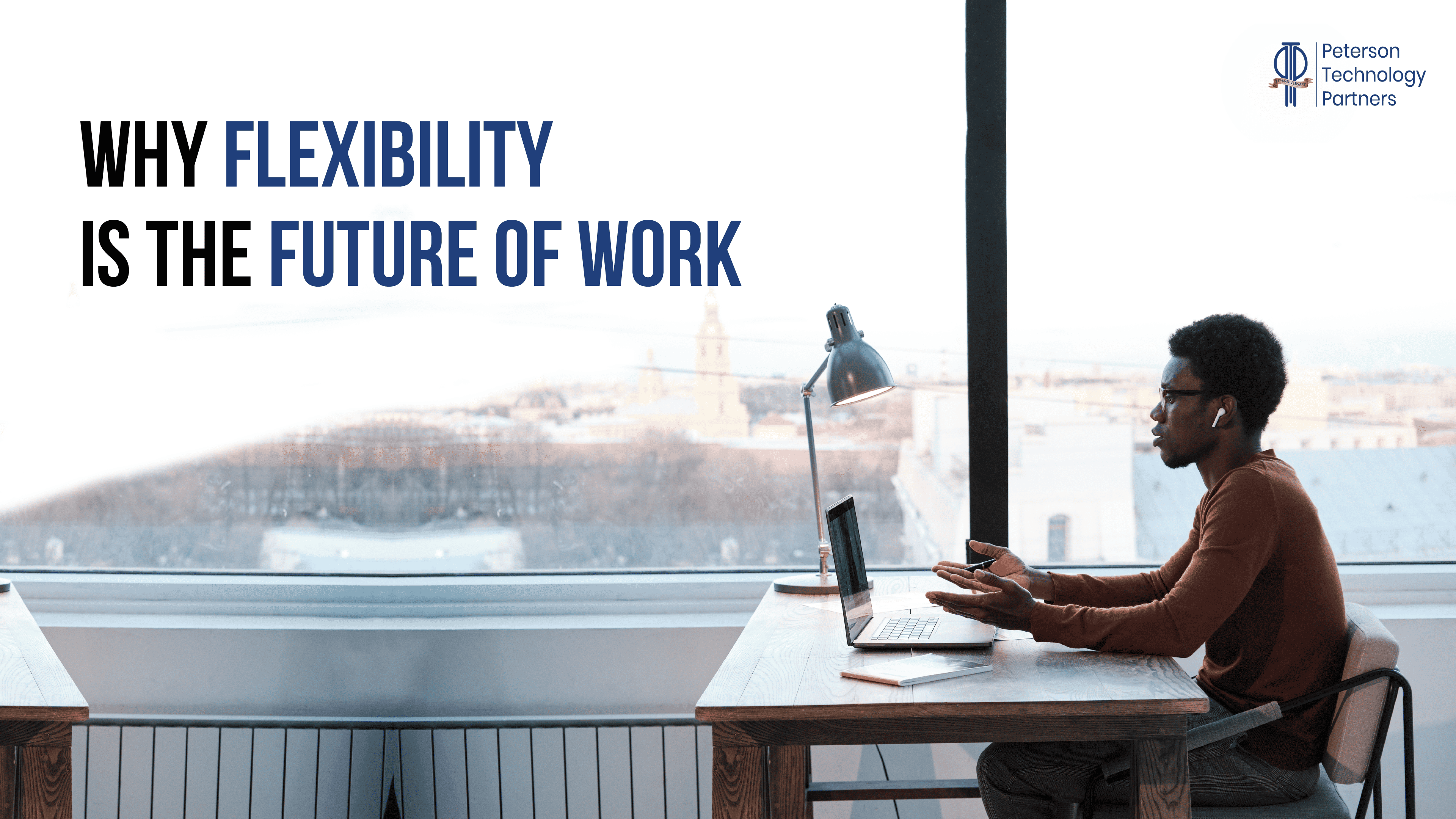In 1960, Robert Tracey and his wife embarked on what would become the biggest success story in the food service industry.
Robert, who had worked for Prairie Farms for 11 years, had a dream of giving people affordable access to food and helping food industry suppliers increase their sales.
With only enough money to do business from the back of their family’s station wagon, Robert and Dorothy went ahead with their dream, starting what would become Dot Foods, the nation’s largest food service distributor.
And they did it without using traditional workplace models and introducing flexible and asynchronous operational models that were decades ahead of their time and prioritized their employees along with their customers.
What can companies learn from the Dot Foods organization model?
Asynchronicity and Productivity
CEO Joe Tracy attributes much of the company’s success to adapting to work schedules to give employees more flexibility. They also embrace technology, automating tasks that employees find tedious, and dedicating more time to training the employees to use these tools to perform more meaningful work.
Recent research has suggested that employees work better when they spend 30–40%
of their time in the office. These findings have led many to believe that the hybrid work model is the most effective way to maintain and improve productivity. Meanwhile, plenty of evidence and case studies have demonstrated several benefits of a fully asynchronous work model.
These are some best practices for business leaders who want to reap the benefits of a flexible work model.
Prioritize employee well-being.
In the workplace, well-being doesn’t just describe how employees feel emotionally; an employee’s well-being affects their amount of sick days, performance, burnout levels, and desire to stay at the company.
To demonstrate the importance of employee well-being, Gallup shared that employee burnout caused $322 billion in turnover costs globally. Meanwhile, when employees are not engaged, it costs their company the equivalent of 18% of their salary.
One of the most effective ways to improve employee well-being (and therefore increase productivity) is to promote flexibility. In a 2022 survey, McKinsey & Company asked job seekers for their most common rationale for a job hunt. After a desire for more pay and better career opportunities was a desire for a flexible working arrangement.
Flexibility is something the leaders at Dot Foods prioritized. When deciding how to attract quality employees, they reshaped their schedule to give employees more flexibility and opportunities to take time off. Because of the positive effect of flexibility on employee well-being, Dot Foods has retained its best workers and used its resources to grow its business.
Understand the role of the manager.
Sid Sijbrandij, the CEO of the famously all-remote software company GitLab, attributes much of the company’s success to the company’s emphasis on good management. Gallup found that remote workers’ productivity depends on the manager. So what exactly can managers do to increase productivity on remote teams?
Sijbrandij notes that many of the same management principles apply to in-person and remote work, one of the most important being to encourage self-management (GitLab calls this “being a manager of one”). They intentionally hire self-starters who demonstrate an ability to work independently.
Meanwhile, managers and executives hold consistent team and one-on-one meetings over Zoom and have an “open door” to communication via Slack. Sijbrandij also emphasizes the importance of “casual” communication — no-agenda virtual coffee chats or water coolers meant to form organic rapport among colleagues.
Asynchronous models can promote diversity, equity, and inclusion.
Working in the office is not equally accessible or convenient for every employee. With asynchronous models, many employees with diverse needs and obligations, such as parents and other caretakers, military spouses, and people with disabilities, can spend less time carrying the burden of working in the office and more time maintaining a healthy work-life balance.
Be intentional with your DEI efforts
Too many companies assume that the benefits of asynchronous work will fall into their laps without addressing their current shortcomings. This is the case when it comes to diversity, equity, and inclusion. Adopting ill-conceived hybrid work models could increase quitting, decrease inclusion, and harm performance.
There have yet to be many strong examples of companies that have successfully implemented DEI efforts in asynchronous work. A big reason for this is that so few companies have successfully implemented diversity, equity, and inclusion in general.
So what are non-inclusive companies missing out on? According to research by McKinsey & Company:
- 47% of employees are more likely to stay with an organization with inclusivity
- 90% of employees are more likely to go out of their way to help a colleague if they work for an inclusive organization
- Employees are 7 times more likely to say their organization is high performing if it is inclusive
There are several scientifically validated practices to promote inclusion. Employees reported that they thought the following three were the most important:
- Work-life support: showing respect for employees’ lives outside of work
- Team building: fostering trust to encourage collaboration and healthy debate
- Mutual respect: ensuring that teammates care for one another’s well-being and treat one another fairly and respectfully
Adjusting to a work-from-anywhere model
Requiring in-office time can limit the pool of talent and innovation potential. Having employees in different locations, perhaps from different cultures, gives companies the advantage of a broadened perspective, which helps them understand the needs of a broader customer base.
Of course, adopting a work-from-anywhere model requires adjustments. GitLab’s People Operations group — which had team members in Manila, Nairobi, Johannesburg, Raleigh, and Boulder — found scheduling their weekly group call “nearly impossible.”
To compensate for the drop in communication caused by having employees across many time zones, fully remote organizations must get comfortable with asynchronous communication (Slack, Google Docs, etc.). When executed effectively, this could bring the benefit of what GitLab calls “blameless problem-solving,” in which employees are more likely to “share early-stage ideas, plans, and documents and to welcome early feedback.”
Conclusion
Dot Foods’ story demonstrates how companies of any size and from any place can succeed in asynchronous work when they go about it the right way. When these practices are incorporated effectively, they can help growth skyrocket, much like Dot Foods, the small-town family business that became the number one food service distributor in the country.
Asynchronous work is not going anywhere, so organizations must decide if going fully remote is the best move for them. With the help of current research, we continue to gain an understanding of what employees desire in a post-pandemic workplace.





